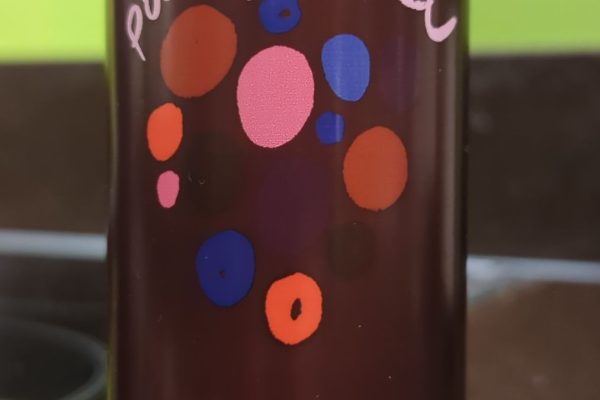
New research ‘healthy = (un)tasty’ intuition concerning colour in organic wine labels explores how the colour of organic wine labels influences consumer perceptions, focusing on the associations with healthiness, tastiness and purchase intentions. The research investigates the effects of red versus green labels on these consumer attitudes.
The study confirms that organic labels generally create a ‘health halo’, where consumers perceive organic products as healthier. This was demonstrated through Implicit Association Tests, revealing that consumers implicitly associate organic wine with both healthiness and tastiness. Green labels were found to be more strongly associated with healthiness, while red labels were linked to tastiness.
Furthermore, the study shows that organic labels, regardless of colour, increase consumers’ purchase intentions for red wine. However, red labels have a stronger effect on purchase intentions by enhancing the perception of tastiness compared to green labels. Interestingly, the study suggests that green labels might lead to higher expected consumption quantities due to the strong health halo effect, whereas red labels could help moderate consumption by highlighting the wine’s alcohol strength and potential risks.
This research emphasises the importance of label design in influencing consumer behaviour. For marketers and policymakers, the findings suggest that while green labels may promote organic wine as a healthier choice, red labels can be strategically used to enhance taste perceptions and encourage responsible consumption.













